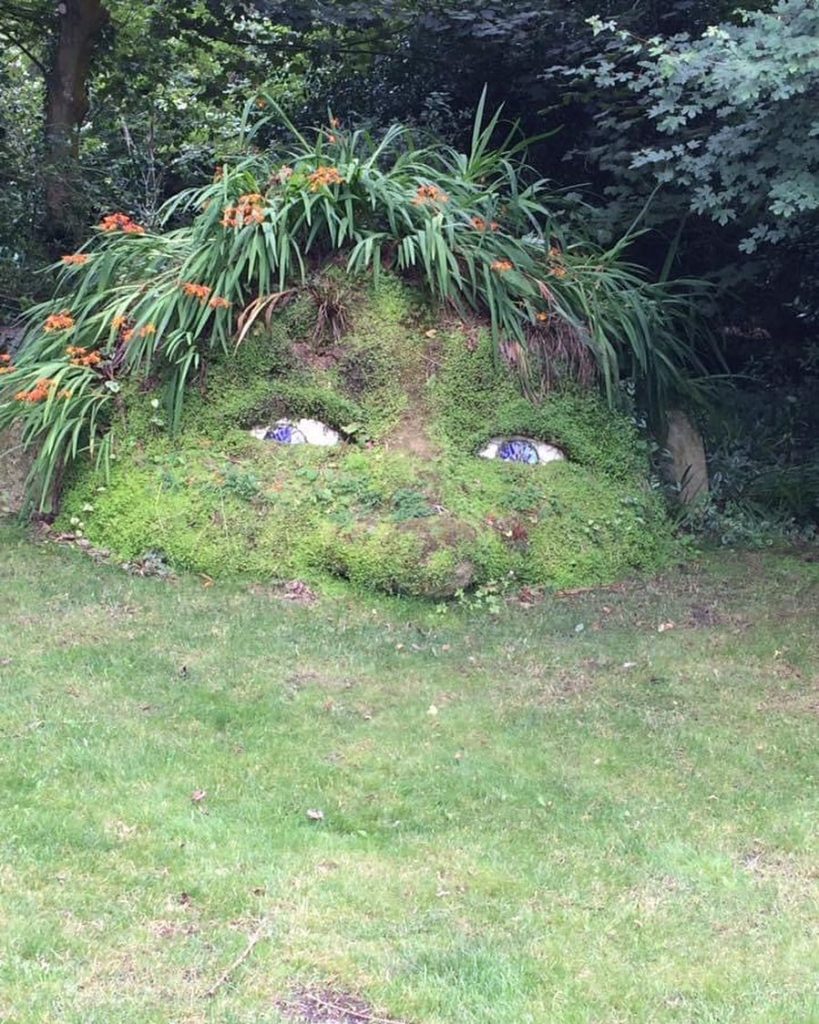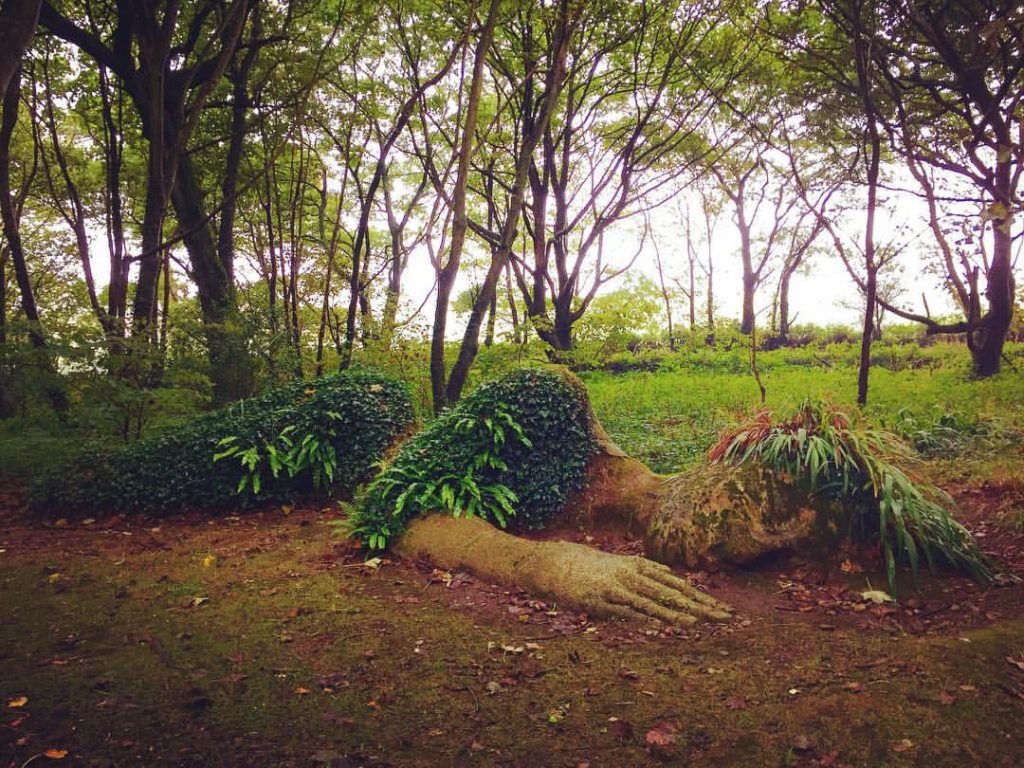Giant’s Head And Mud Maid: The Living Sculptures At The Lost Garden Of Heligan
The Lost Garden of Heligan regained its lost glory after being forgotten for almost seven decades. The garden was forgotten during World War I. Rediscovered in the 1990s, the garden saw a total facelift and has now become one of the UK’s most popular gardens.
Located in Cornwall, the botanical garden received two new interesting features during its restoration. These two beautiful sculptures, Mud Maid and The Giant’s Head, are made from rocks and plants and were installed on the ground. Created by the siblings, Pete and Sue Hill, and installed in 1997, the sculptures have since become the symbol of the garden.
The Giant’s Head

It took the sculptors about three weeks to complete The Giant’s Head. It was constructed around the inverted root ball of a fallen tree. Materials used for the construction included local clay mixed with water. The mud was then spread over the rootball to form the head. Afterward, a local invasive weed was used to form the green skin, with crocosmia used for the hair. Crocosmia flowers orange in July, and that gives the sculpture its redhead during summer. The rootball being an organic material decayed after 15 years. In 2012, a steel frame replaced it.
The Mud Maid

The Mud Maid is another interesting and prominent feature at the Lost Garden of Heligan. The original plan was to create a mermaid but the plan changed after a member of the refurbishment team called her a Mud Maid. Materials used in her creation include woods for her timber frame, straw, clay, and cement. After forming the timber frame, clay, mud, and straw were used for the molding process. The body is covered by ivy and moss is seen crossing her face.
These two sculptures have turned the fortunes of the garden around. The interesting part is that their appearance change according to the season.
